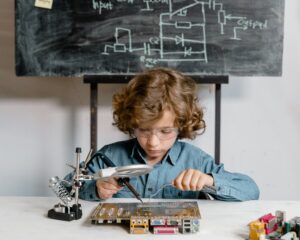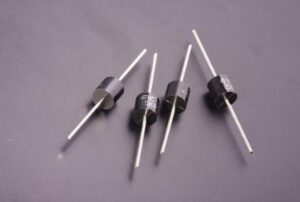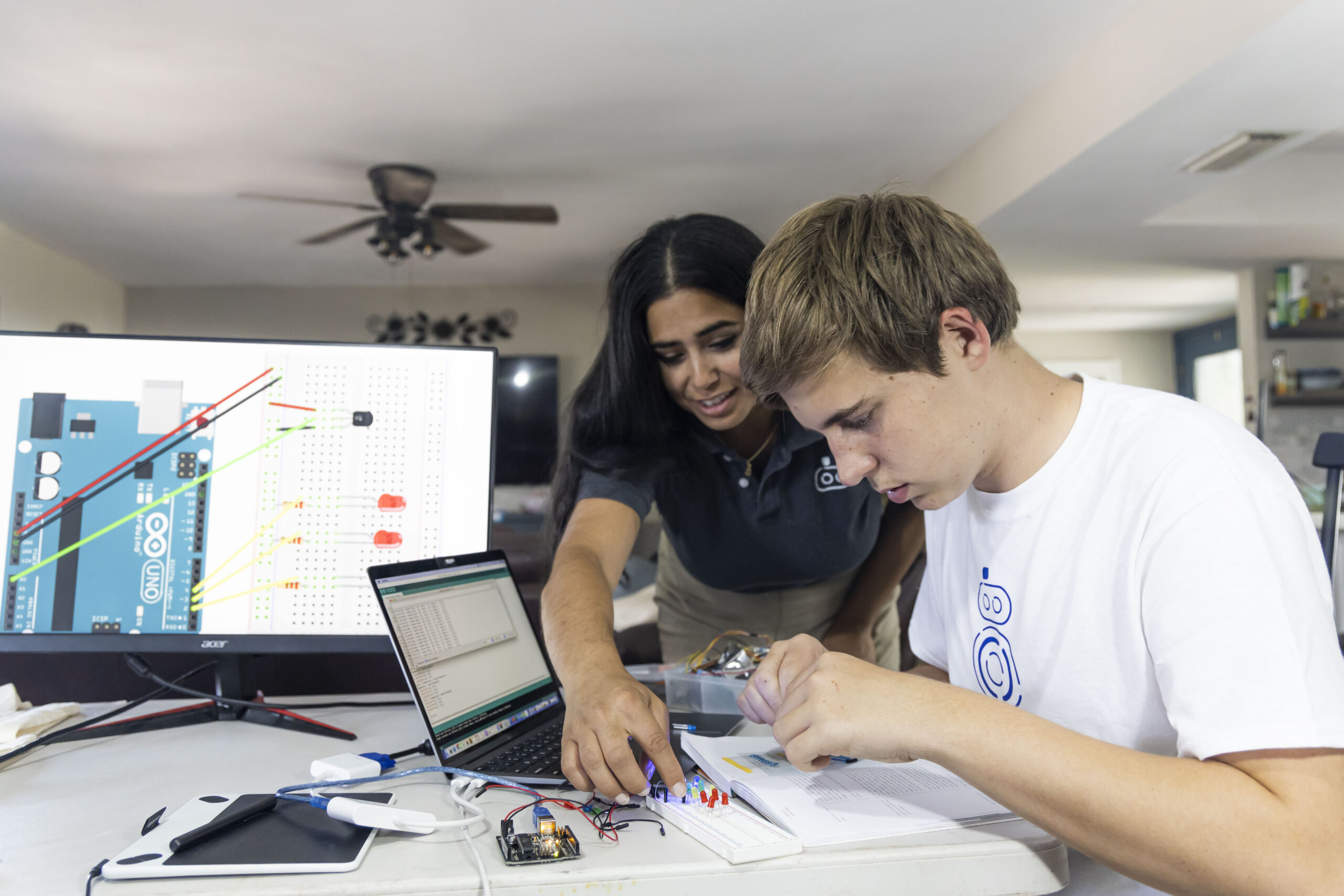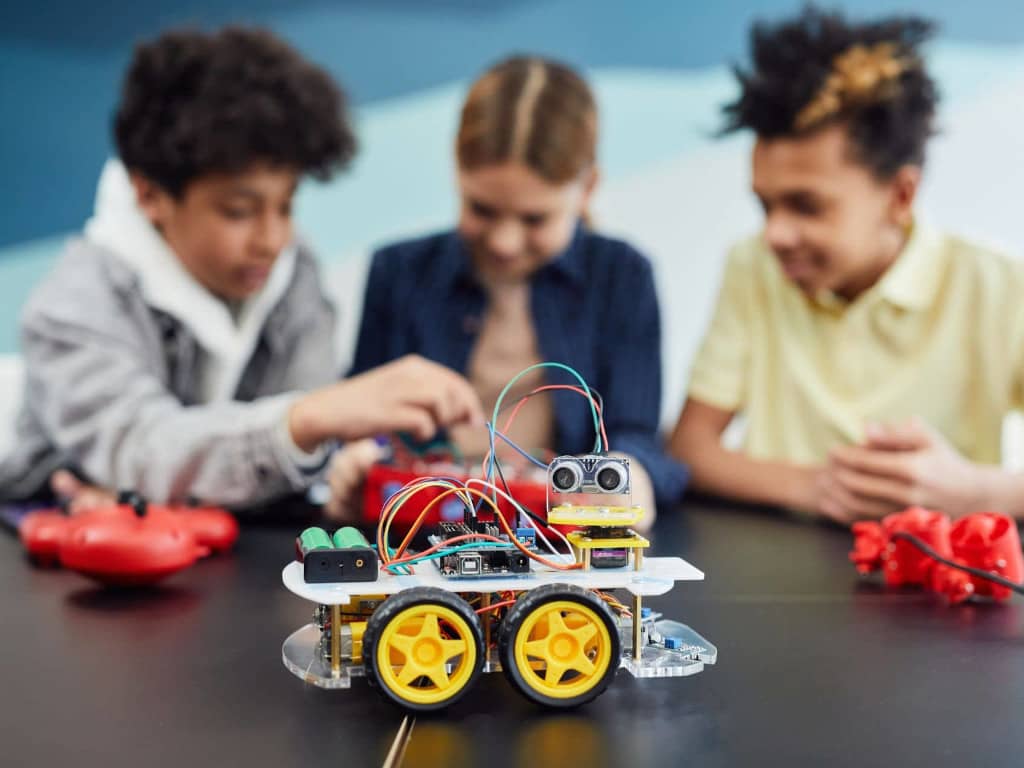The 5 Basic Electronic Components Used in Robotics

Without electronics, robotics doesn’t exist. Robots require an electrical source to function—and while there are hundreds of different parts that can generate electricity to a robot’s components, there are five key components to know first.
Every day, we use items that include these basic components. But before we dive into the five electronic components and how they work, let’s first understand the basics about electronics.
What is Electronics?
Electricity is the flow and control of electrons. Electronics is the study of electricity and how it can be used to process information. Video games, computers, and cell phones are all based on electronics.
Read on to learn more about the five basic electronic components we find in robots!
The 5 Basic Components
1. Resistors
Resistors convert electrical energy into heat or light and limit the flow of electrical current. Resistors are important because they allow us to control or modify the current, ensuring our devices perform how we need them to.
Where do we find resistors?
-
Volume controls: When we turn music volume louder or quieter in our car radio, resistors allow us to control the electrical current, which is ultimately what determines the volume.
-
Ceiling fans: When we adjust the speed in a ceiling fan, a resistor changes the electrical current to make it move faster or slower.
2. Capacitors
-
Capacitors store electrical energy. In a capacitor, two metal plates receive charge, but the plates do not touch. One plate takes a positive charge, and the other plate takes a negative charge, resulting in a magnetic field where energy is stored.
Capacitors are made of many types of materials including aluminum, tantalum, and ceramic film.
Where do we find capacitors?
-
Camera flash: In cameras, the flash function needs a lot of energy to work. A group of capacitors store enough energy that quickly releases the flash across the bulb filament.
Defibrillators: Capacitors are also found in defibrillators, life saving devices that send an electric shock to the heart.


3. Inductors
-
Inductors store magnetic energy and are usually made from copper wire or another conducting material wrapped around a core. These coils generate strong magnetic fields.
Where do we find inductors?
A few types of inductors are air core, iron core, and ferrite core.
-
Air core: TV & radio receivers
-
Iron core: Audio equipment
-
Ferrite core: Power supply components


4. Diodes
Diodes allow electrical current to only flow in one direction from the anode (+ side) to the cathode (- side). Diodes can be made of silicon, germanium, and other metal semiconductor materials.
Where do we find diodes?
-
LEDs (light-emitting diodes) where the electrons travel to holes on the other side, emitting the light we see.
-
Laser pointers
-
Remote controls
5. Transistors
Transistors are electrical components used to control the flow of electricity.
Where do we find transistors?
-
Microphones: Microphones convert our voice into an electrical signal; the transistor receives the signal as input and amplifies it to a speaker.
-
Computer microprocessors


Sources:
https://www.nhlbi.nih.gov/health/defibrillators
https://www.physicsclassroom.com/class/estatics/Lesson-1/Conductors-and-Insulators
Want to Learn More?
Check out EcoRobotik’s workshops and other programs click below
Like this post? Share with your friends and family using the social media icons below!













